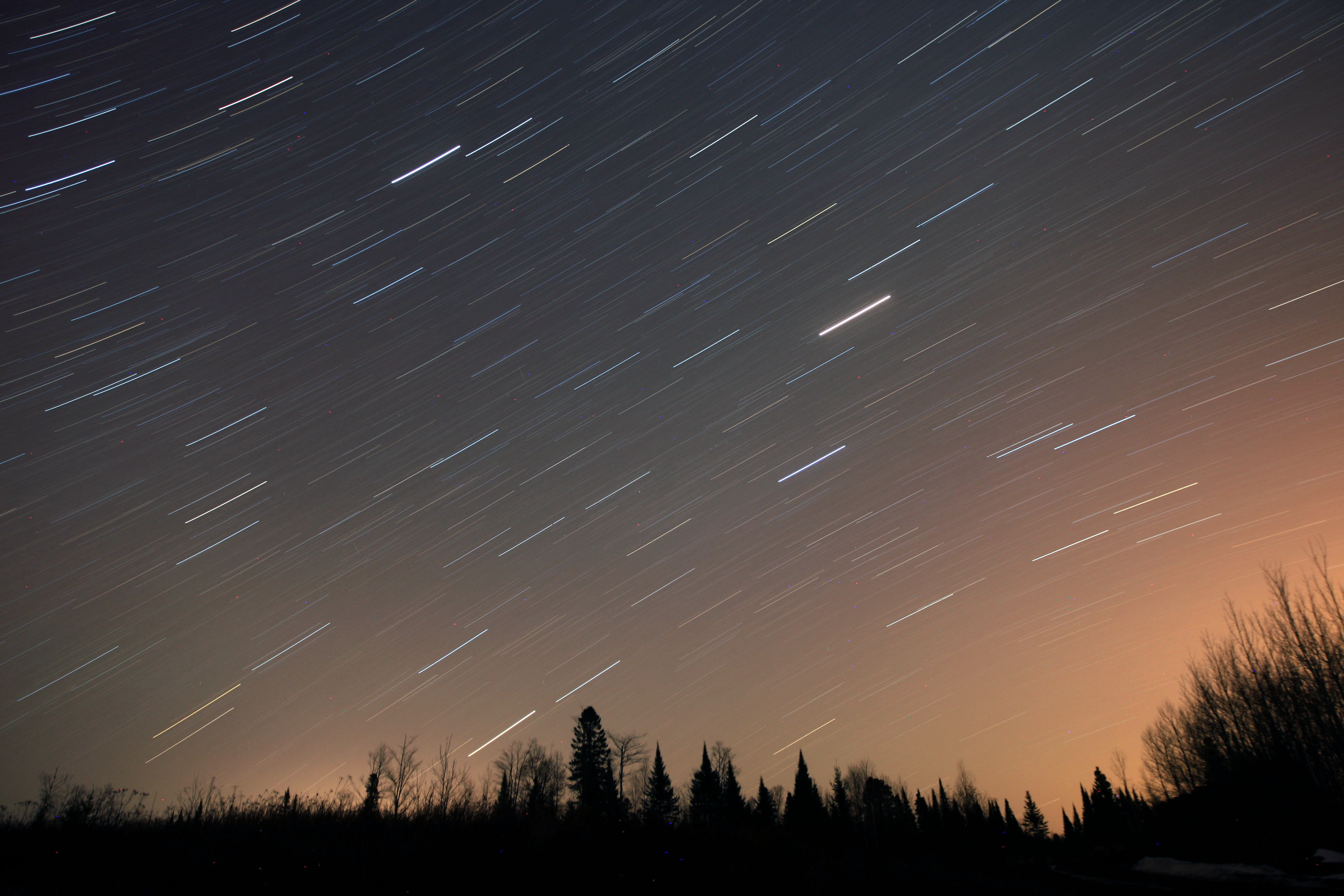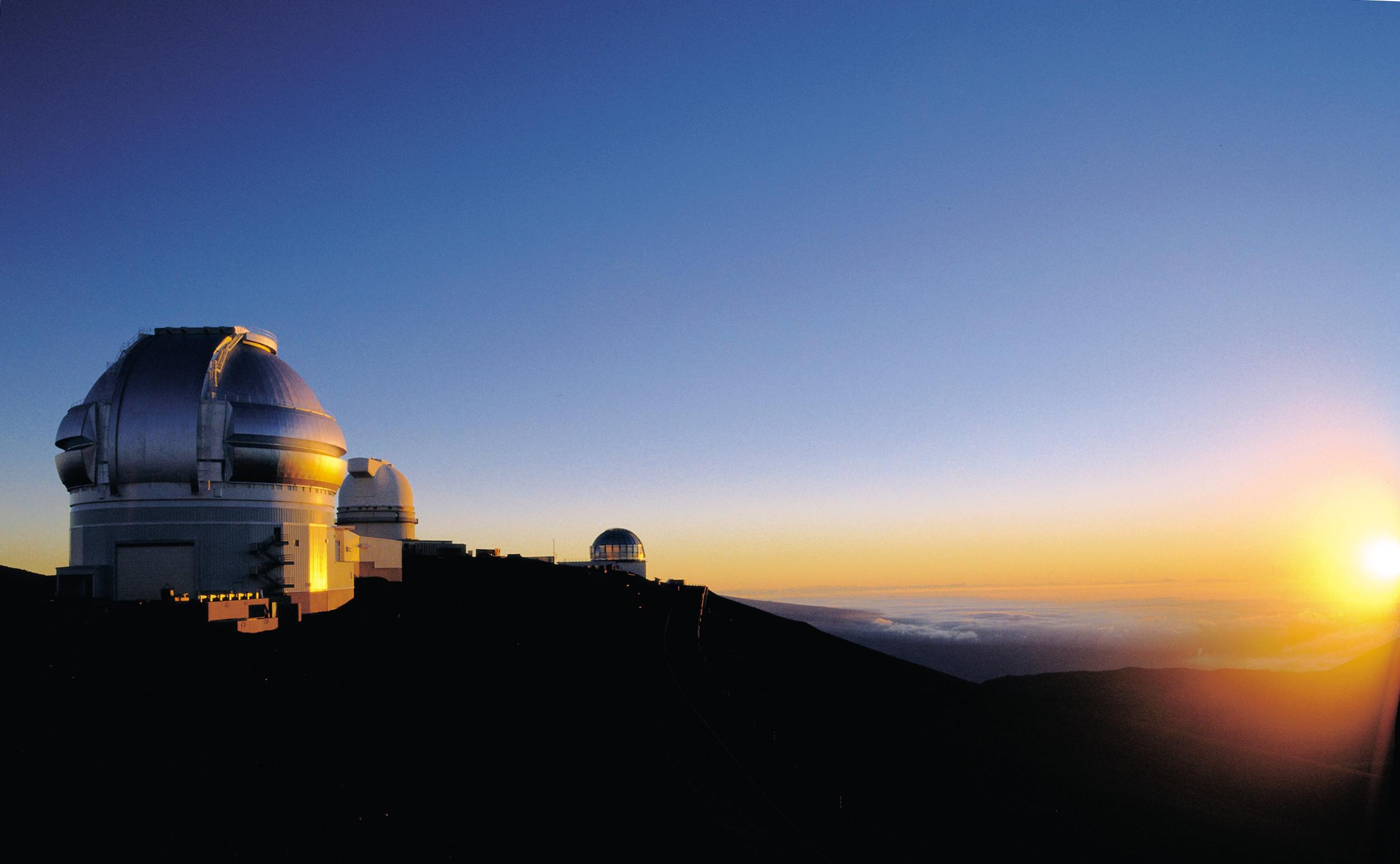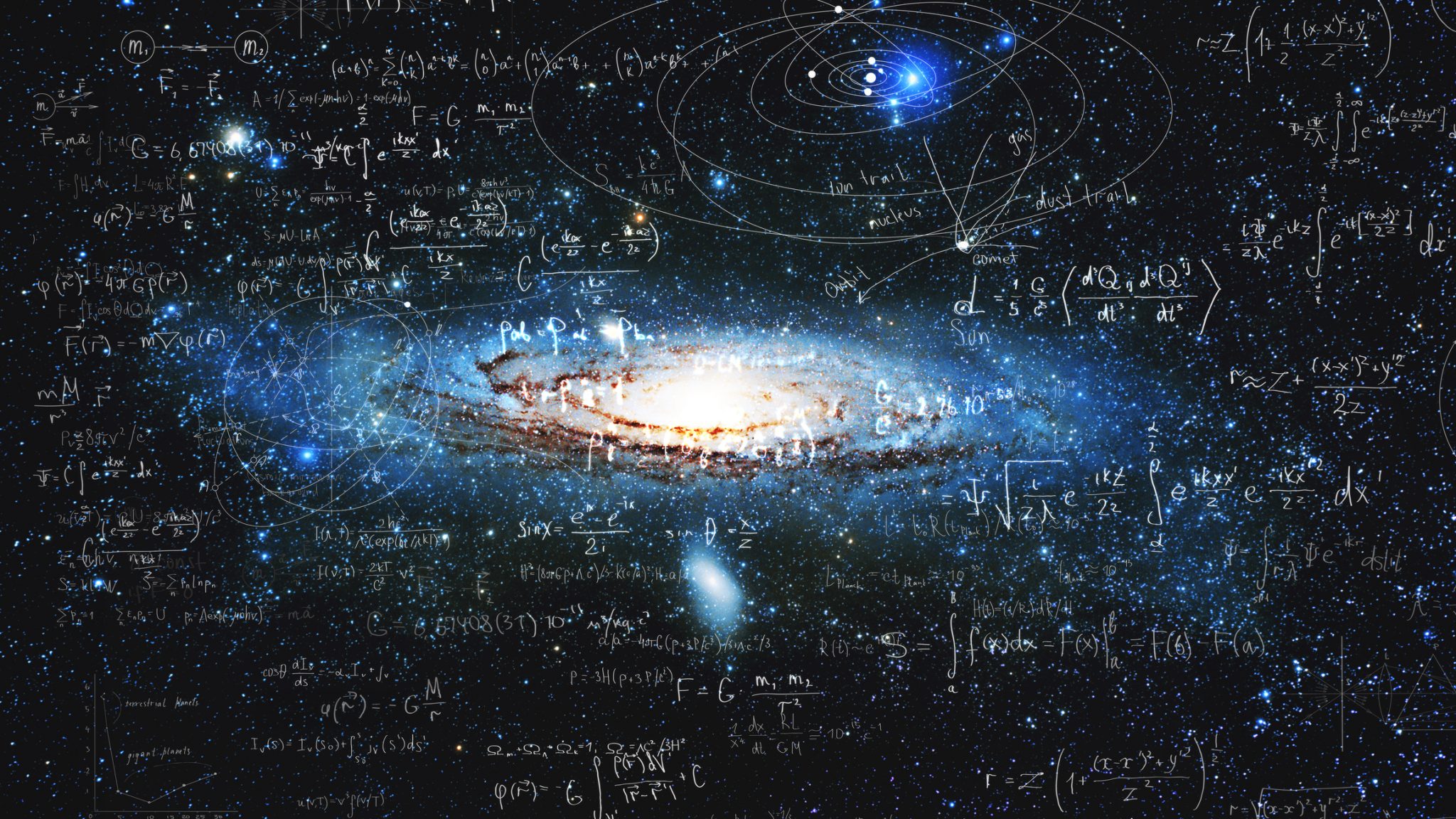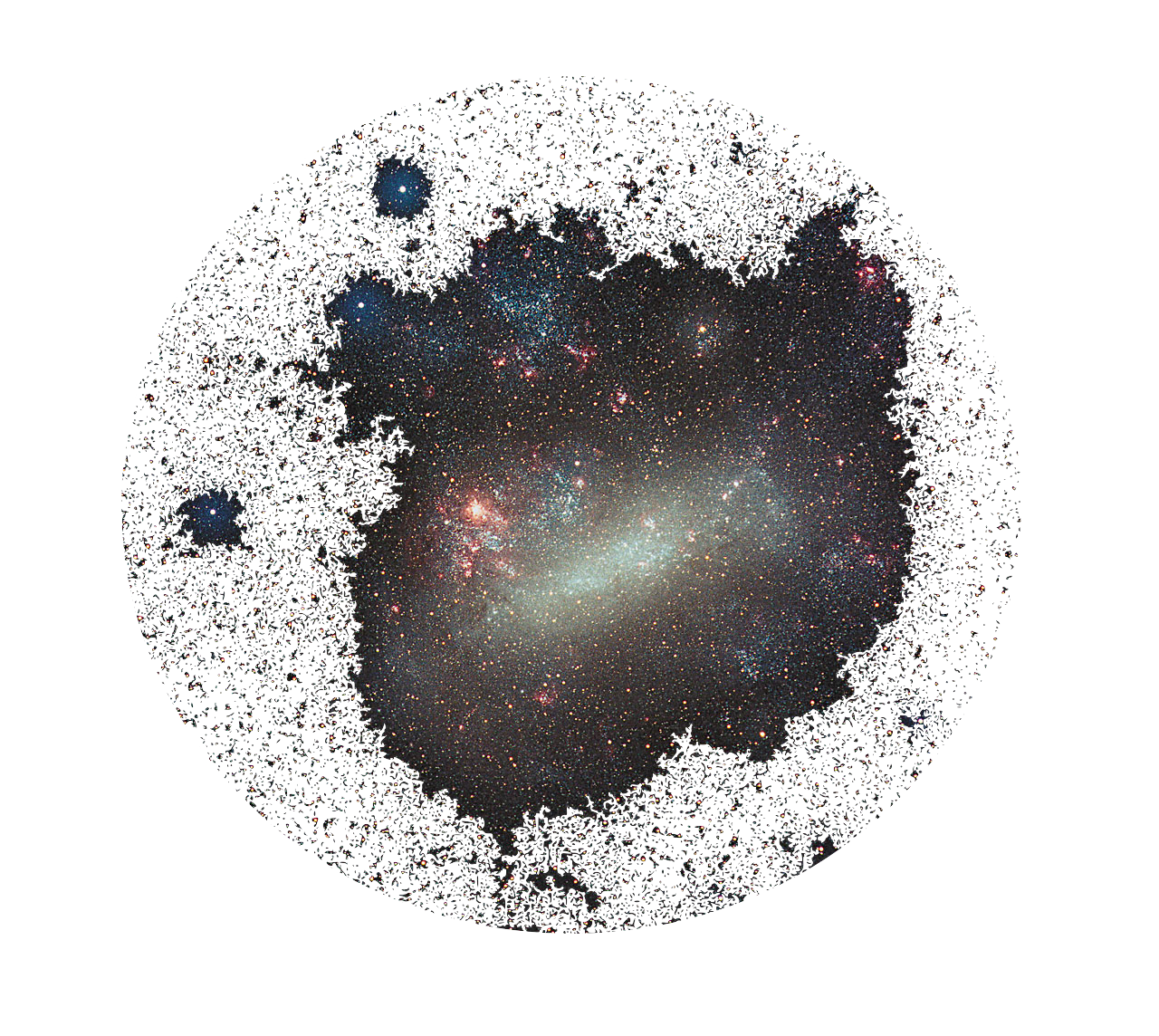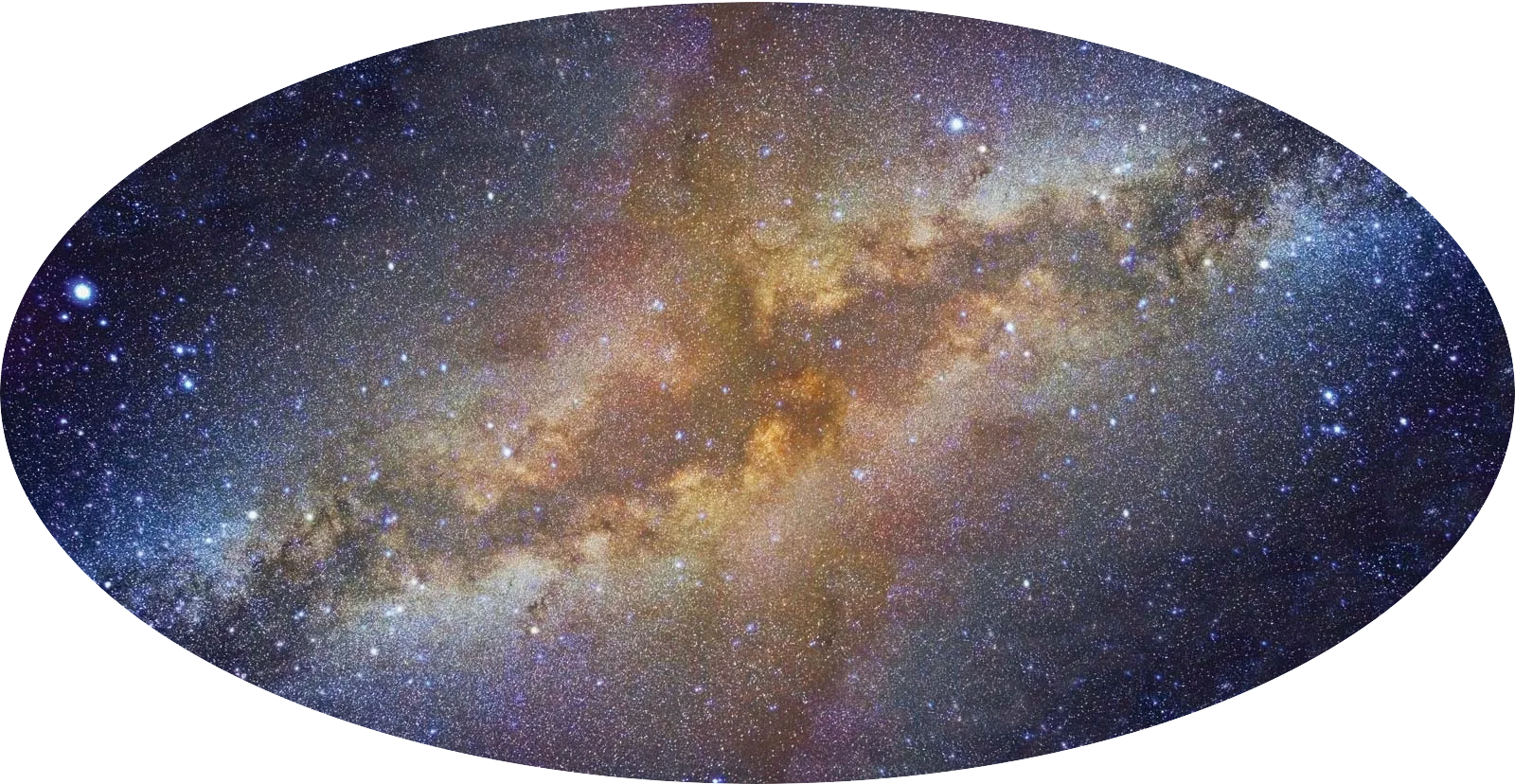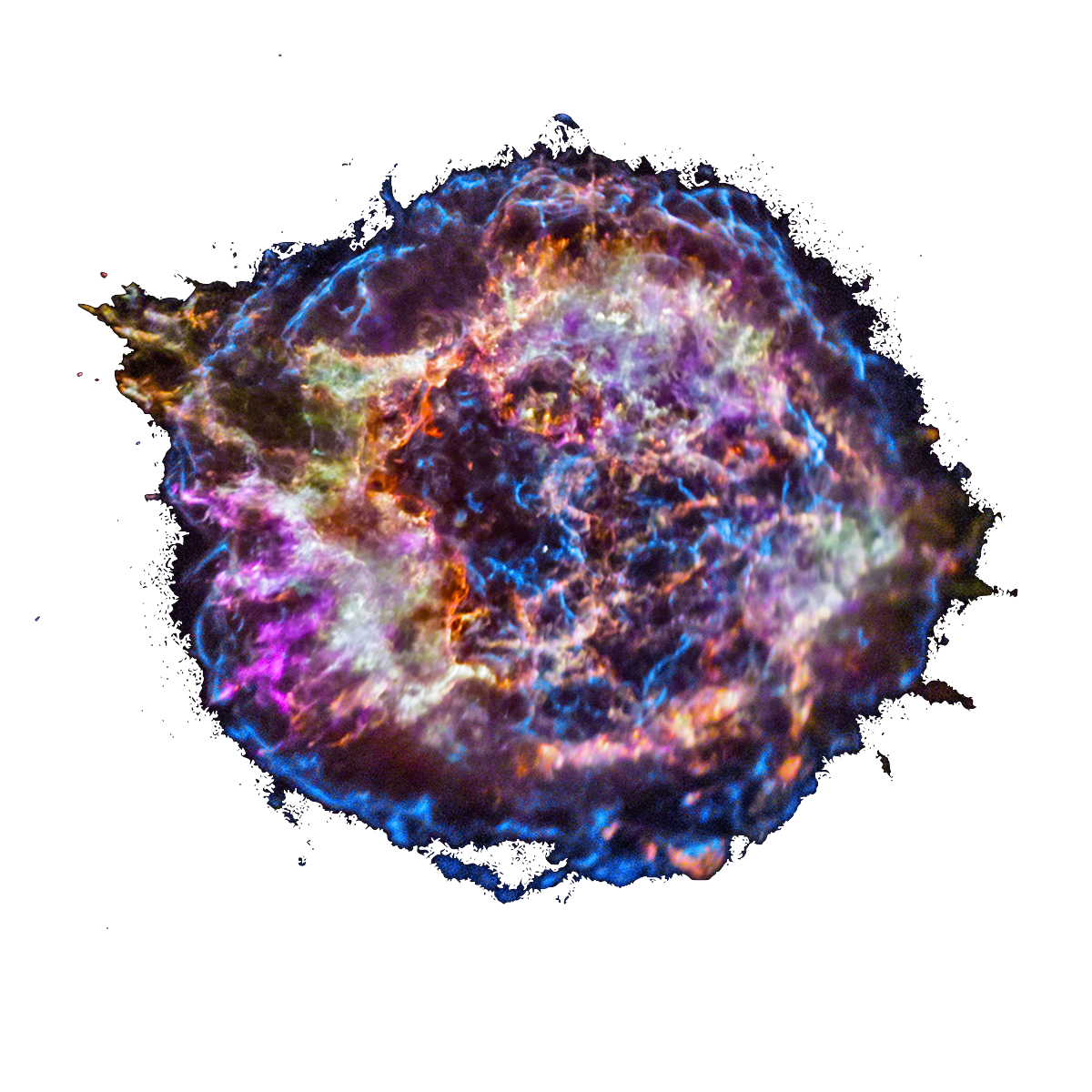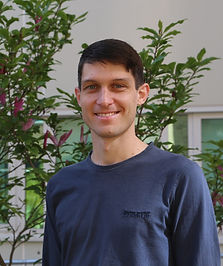I am a postdoctoral fellow at
Carnegie Observatories in Pasadena,
California.
I recently earned my Ph.D. from
The Ohio State University, where Professor David H.
Weinberg served as my dissertation advisor.
I previously earned my Bachelor's from
Vanderbilt University, where I did my undergraduate
honors thesis with Professor Andreas A. Berlind.
Hailing from the American midwest, my fascination with space
began during my childhood and was nurtured by rural Nebraska's
dark skies.
Coming from a family of healthcare providers, I began my
undergraduate career studying pre-medicine before pursuing
astrophysics.
Beyond astronomy, I enjoy traveling, cooking, playing video
games, watching sports, and playing guitar.
I am also a fluent German speaker, having lived and studied in
Berlin in 2016.
